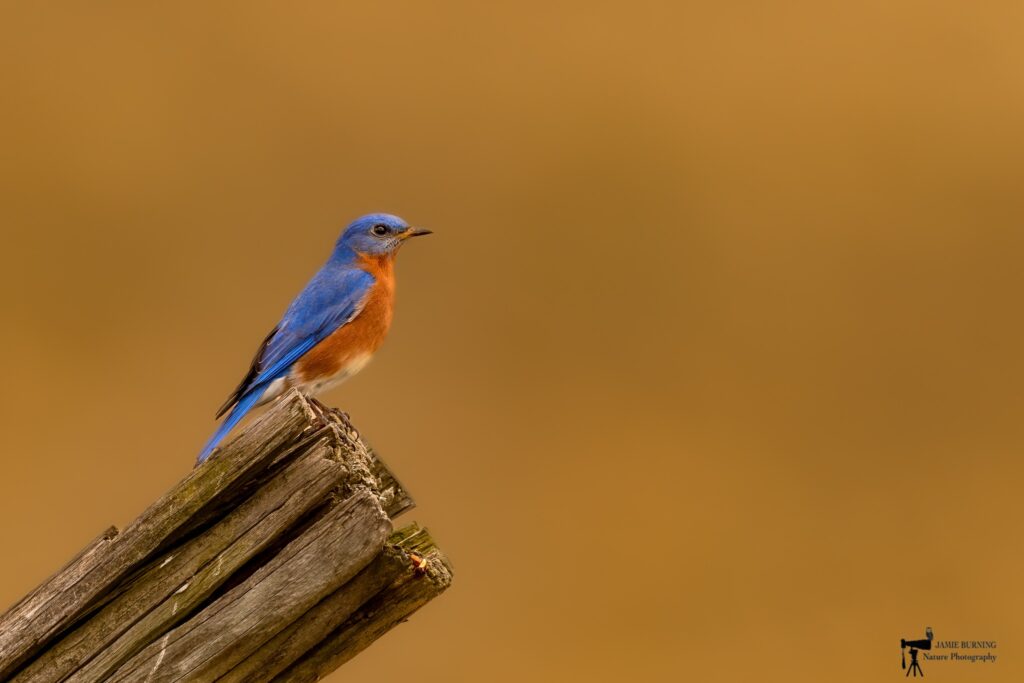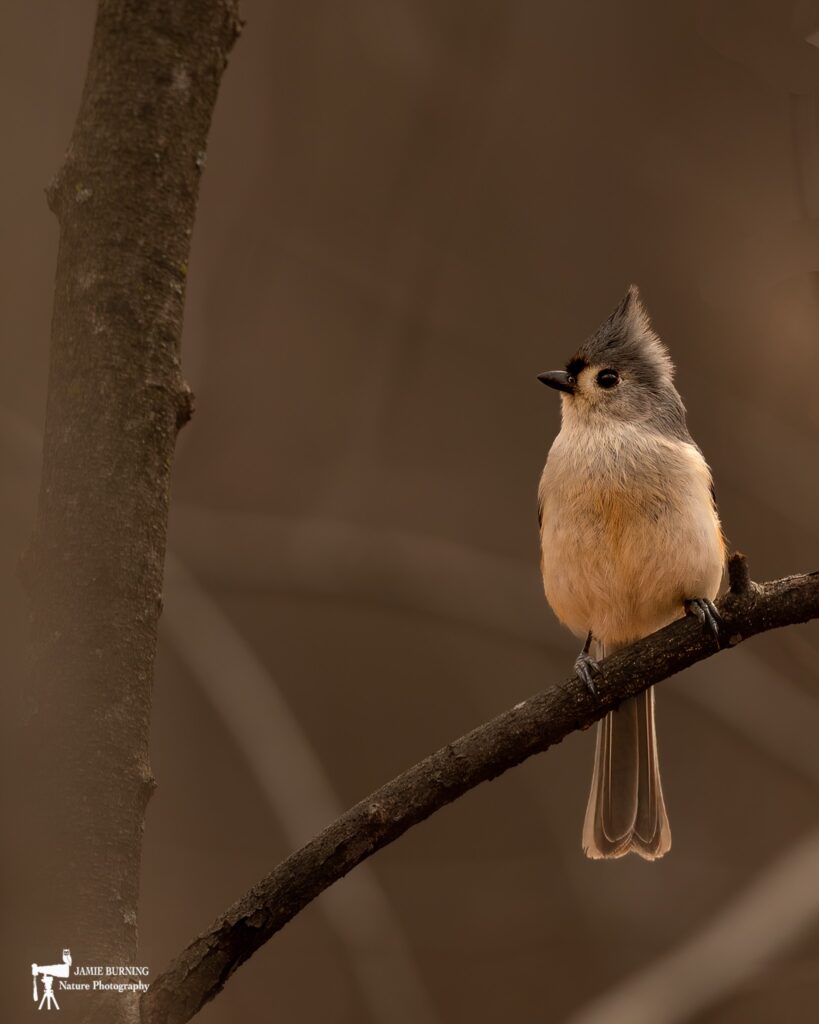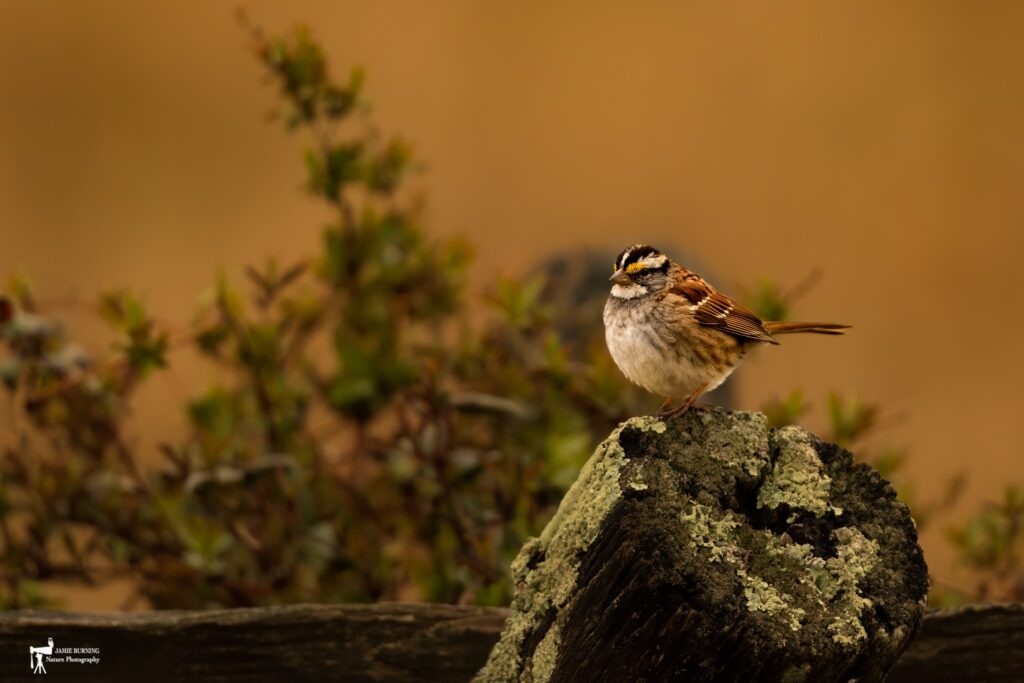We are all familiar with the BIG 3 of camera settings: Aperture (the size of the hole light goes through), Shutter Speed (how long light is allowed to shine on the image sensor) and ISO (the amount of light the sensor absorbs). These three settings work with each other to create the best lighting for the image in your camera. One other, often overlooked setting, is White Balance because we usually set it to Auto (or Sunlight or Shade) and then forget about it.
White Balance tells the camera how to compensate for different types of light. Bright sunshine at noon is quite different than the light at dusk – not only the intensity of the light but the colors that make up the light. If you’d like to learn more about White Balance CLICK HERE for an excellent article.
Do you remember the Grand Prize Winner for last year’s Audubon Photography Contest. It was of a Roadrunner giving itself a dust bath and the lighting within the image was a brownish-yellow. The photographer said that she adjusted the White Balance setting to achieve that lighting effect. Evidently Burning Nature Photography took notice and has been sharing some images in which he has adjusted the color temperature of the White Balance downward. Take a look:
What do you think? Does it give a moody look to the pictures? Certainly different that what you typically see for these birds (Bluebird, Titmouse, and White-throated Sparrow). Anyone else have any tips or tricks they use to improve their bird photographs?
If you enjoy seeing beautiful pictures of birds from around the world and reading about them Click Here to sign up for our mailing list. Members can post their GreatBirdPics and learn more about bird photography techniques.


